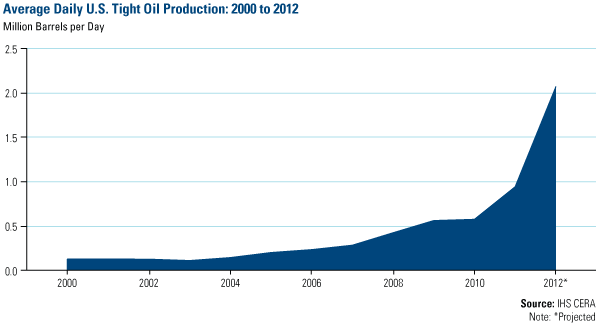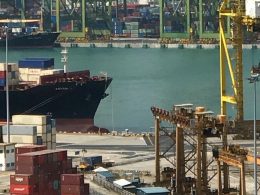Energy and Natural Resources Market Radar (October 29, 2012)

Strengths
- The Baltic Exchange's main sea freight index, tracking rates for ships carrying dry commodities, gained about 6 percent this week as rates for larger capesizes remained strong on Chinese iron ore demand.
- China released commodities final trade stats this week for September. Refined copper imports rose 17 percent from August due to restocking ahead of the October national holiday.
- The iron ore market has experienced a healthy recovery over the past month, nearing the $120 per ton level. This recovery has been a result of several factors, the most important of which include: (1) rising steel prices as domestic inventories are drawn down, (2) a decline in iron ore inventories at Chinese ports, and (3) an apparent pick-up in economic activity in September (fixed asset investment up 20.5 percent year-over-year).
Weaknesses
- Reuters reported that JFE Holdings, Japan's second-largest steelmaker, has slashed its full-year profit forecast in half due to worries that a delay in the recovery of Asia's steel market and slower demand from carmakers will squeeze margins. Japan's steel producers are also likely to suffer from a decline in demand from carmakers after the government ended incentives in September 2012 for environmentally friendly cars.
- September trade statistics showed that Chinese net coal imports dropped 2.2 million tons month-over-month.
- The price for domestic crude oil fell below $90 a barrel this week on further concerns over Europe and slowing economic growth globally.
Opportunities
- HSBC’s Flash China Manufacturing Purchasing Managers’ Index increased to 49.1 in October, from 47.9 in September, which beat consensus forecasts and suggests a sequential upturn in China’s manufacturing activity. A range of data released in recent weeks, from increased exports (up 10 percent year-over-year in September) to rising retail sales (up 14 percent year-over-year in September), also suggest economic growth is gaining traction, supported by stimulative government policy and spending. However, headwinds remain in key export markets.
- A report from IHS Global Insight shows the United States shale boom will continue its rapid growth to support three million direct and indirect jobs by 2020. The analysts predict unconventional oil production in the U.S. will overtake conventional oil by 2015 and reach close to 4.5 million barrels per day by 2020, representing close to two-thirds of total U.S. crude and condensate production. The analysts predict the shale industry will support 1.7 million direct and indirect jobs by the end of this year, rising to 2.5 million in 2015 and 3 million in 2020, with the sector by then contributing more than $416 billion to the economy.
- The North America shale boom is also helping Exxon Mobil beat Mitsubishi Chemical Holdings as a natural gas glut drives petrochemical costs to the lowest in at least four years, undercutting Asian producers who rely on oil-based raw materials. Record gas production has driven down the cost of ethane, a component that’s converted to ethylene, by 60 percent this year and prompted Japan to shut units running on oil-based naphtha that’s up 2 percent. Exxon Mobil and Westlake Chemical are among companies building ethane-fed plants to benefit from shale output that cut gas prices by about 75 percent since 2008. Mitsubishi plans to shut an ethylene unit, partly blaming the “emergence of shale gas” in North America, while Mitsui Chemicals also anticipates cutbacks. Gas liquids, mostly ethane, supply about 85 percent of feedstock for U.S. ethylene makers. Almost all plants in Northeast Asia use naphtha.
Threats
- According to Bloomberg news, aluminum stockpiles in the main trading regions in China have climbed to the highest level in two years as growth in supply outpaces demand in the world’s largest user, indicated by two industry surveys. Reserves in Shanghai, Wuxi and Hangzhou, and in Guangdong province increased to about 940,000 metric tons as of October 22, the highest since September 2010, according to Wen Junxiang, head of the research department at Guangzhou KT Commodity Information & Consulting Co.
- The U.S. Securities and Exchange Commission has delayed for a second time a ruling on JPMorgan’s plan to launch an exchange-traded fund (ETF) physically backed by copper. The regulator set a new deadline of December 14 to rule on one of two planned ETFs. It said it needed more time to consider the issues surrounding the fund, which has ignited fears among U.S. copper fabricators about its potential impact on the market. U.S. consumers have fought to have the fund blocked, saying it would disrupt supply and inflate prices by removing available metal from the market.














